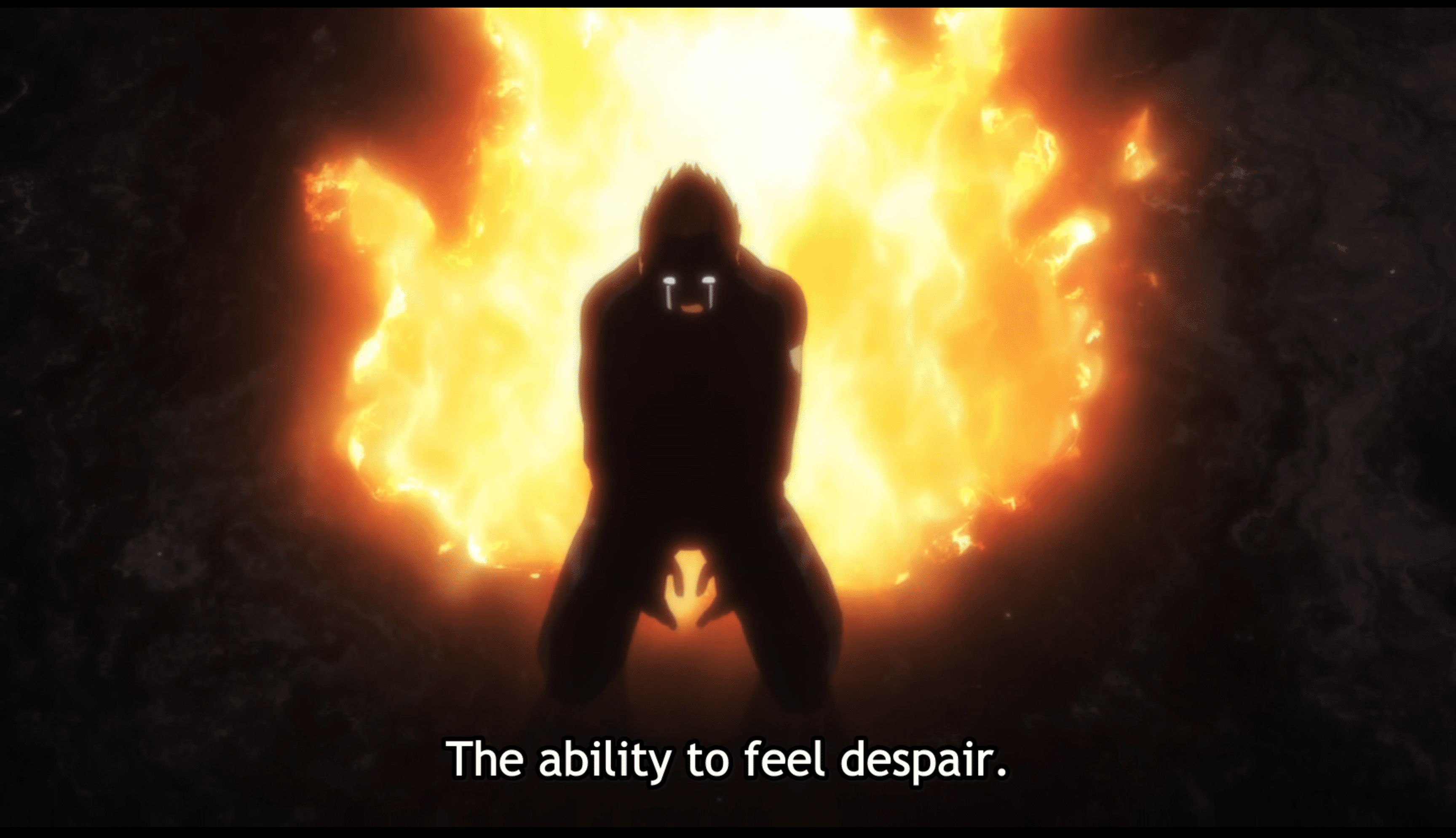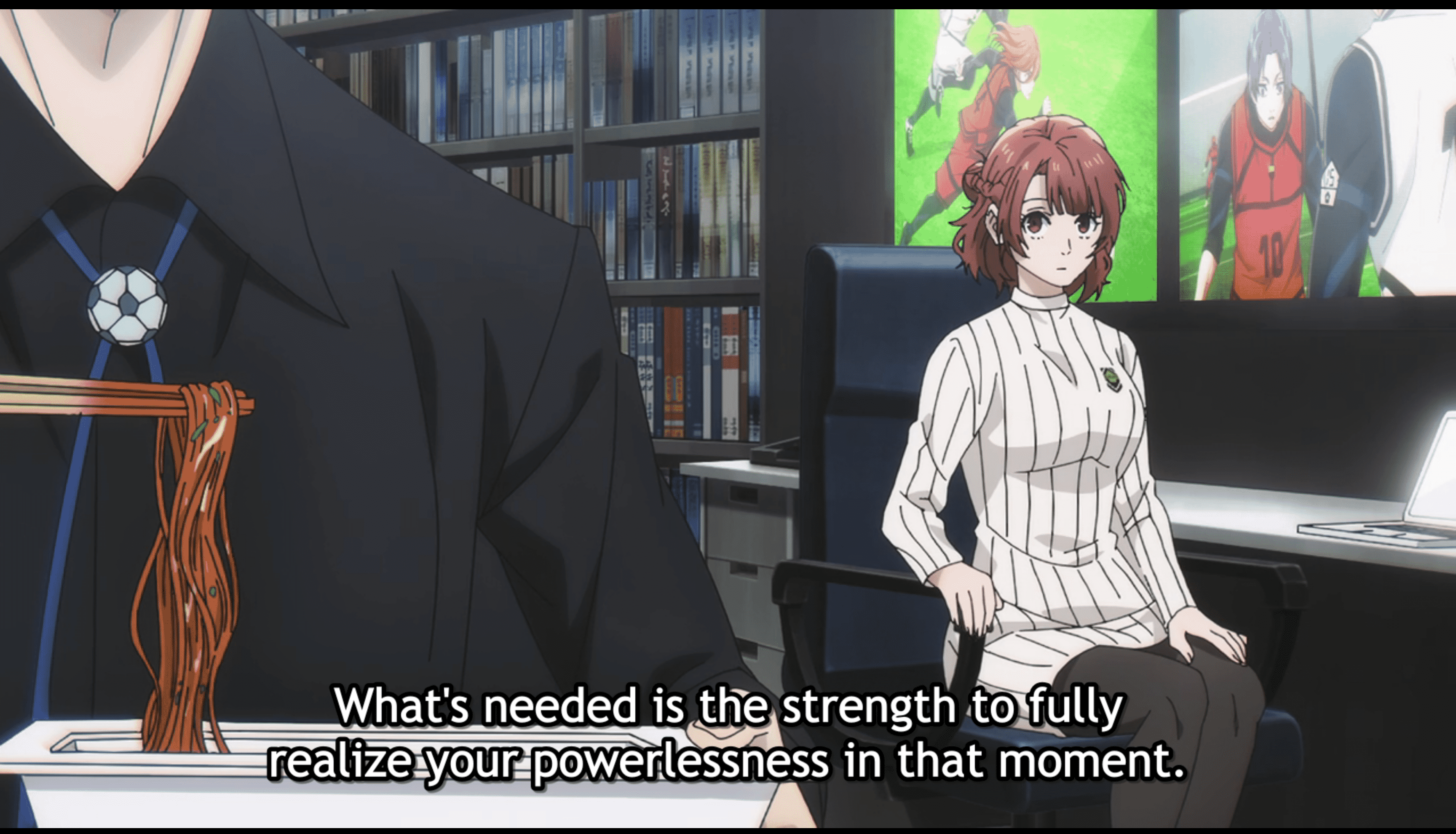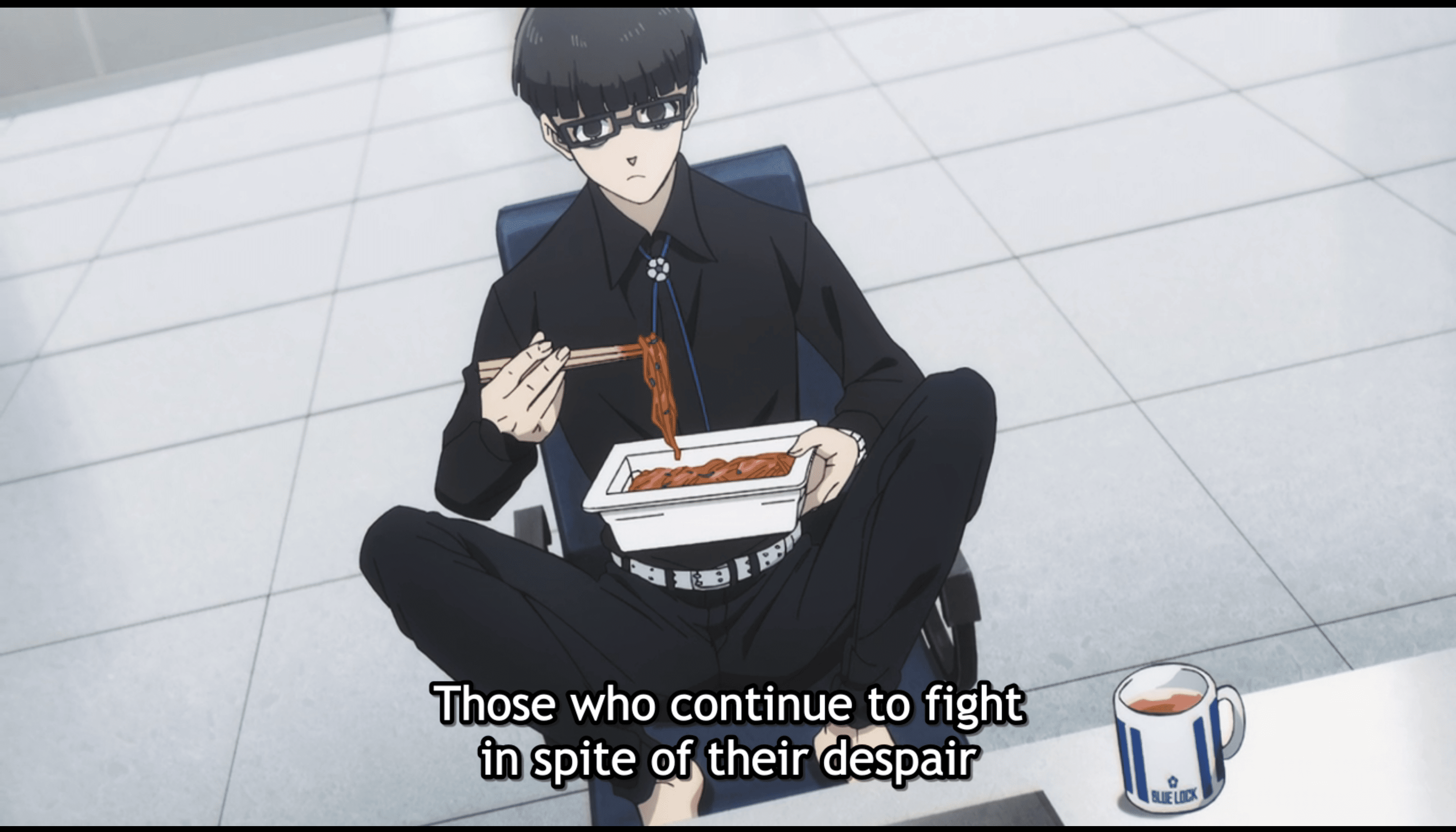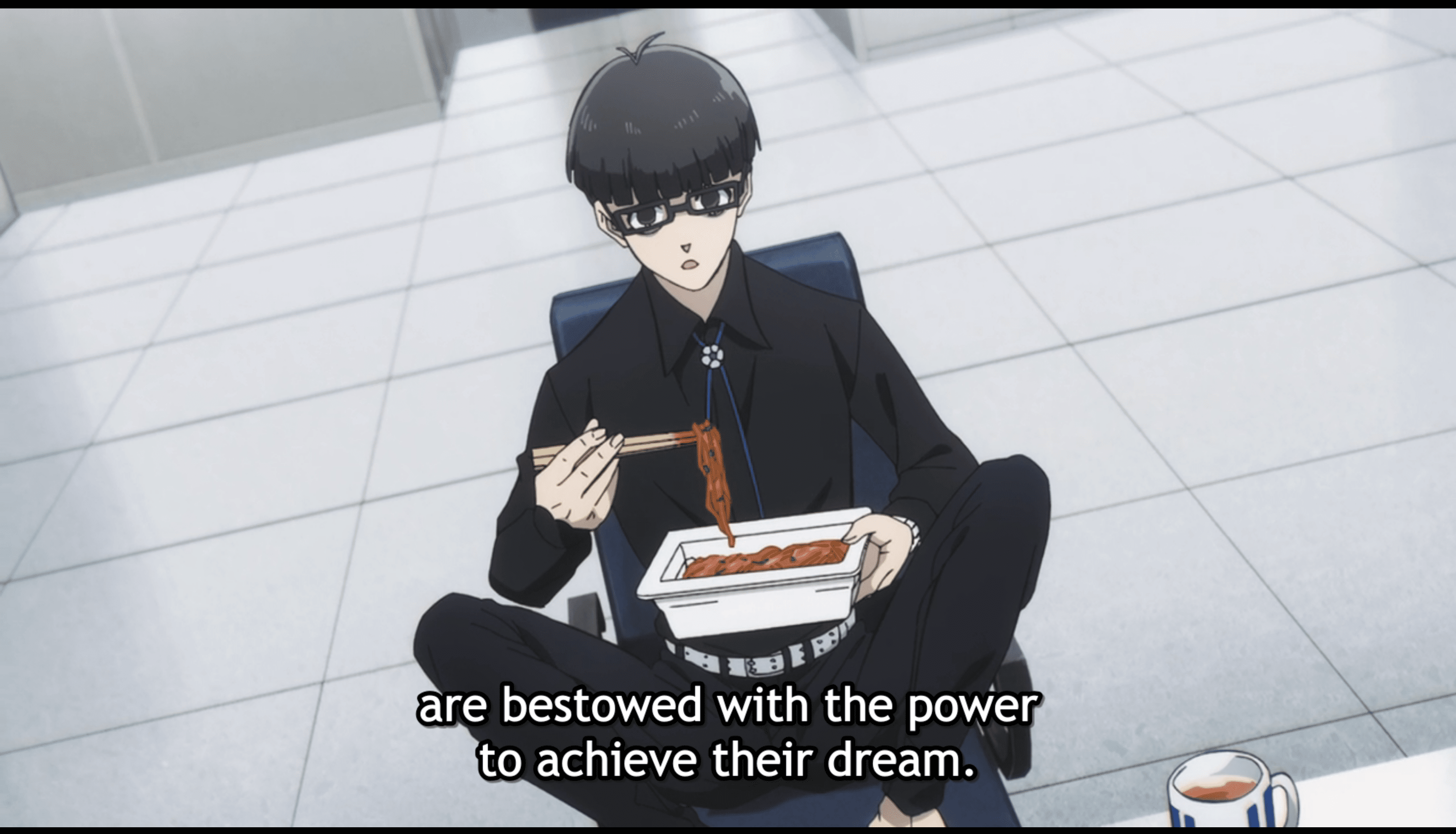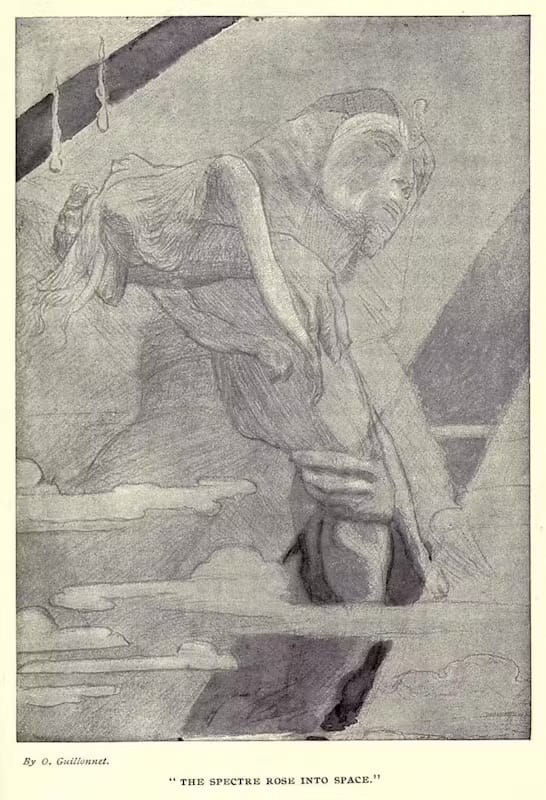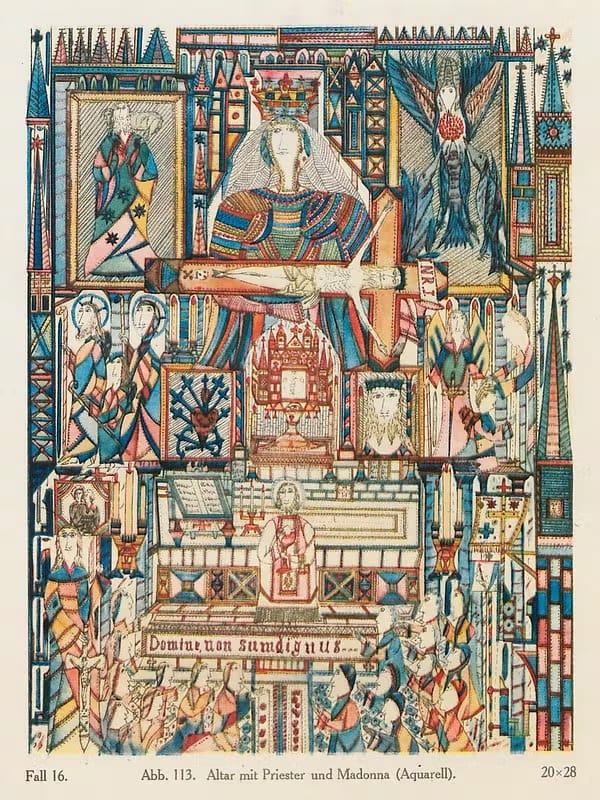Ego-San on the Sting of Defeat
Facing cognitive dissonance due to the failure of a goal requires choosing between delusion, metamorphosis, or quitting.
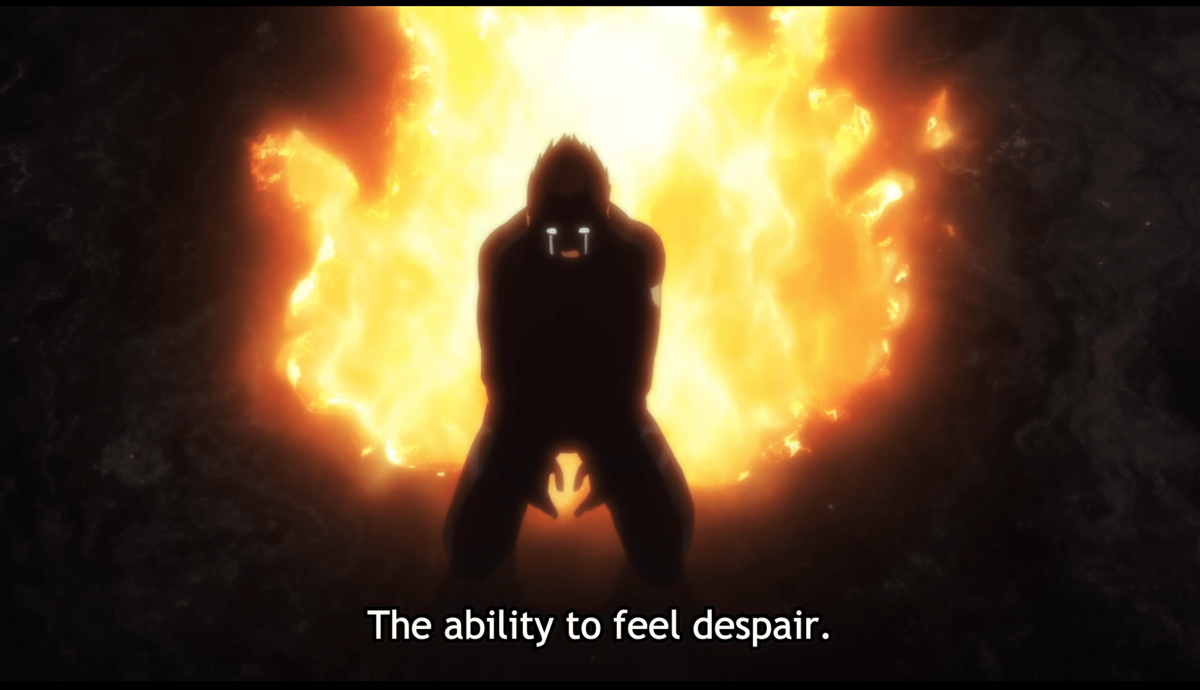
To give up your dream for the pursuit of it forms cognitive dissonance on multiple layers.
- The initial goal, G, was not achieved, so the mind has to contend with absolute failure. The system (other people, the planet, whatever) has rejected you from attaining the goal you set, despite your best efforts.
- Any future time spent on the dream becomes a sunk cost fallacy (I got this good, so I can't stop now, right?). As a fallacy, it only continues to get worse. Confirmation bias (which can be avoided with a simple strategy that is discussed below[1]) also prevents you from seeing other routes, locking your routine into the literal definition of insanity: “doing the same thing over and over and expecting different results.”[2]
- The self you've cultivated and the strategy you have chosen have failed to materialize, and you realize you can't become the person you needed to be to attain your ultimate goal due to a combination of values/self-belief/etc.
In order to break the cognitive dissonance that is born from this paradox, the goal-failer faces a crossroads:
- Option one is to delude themselves into thinking that they never wanted the goal to begin with (sour grapes). This is a poor long term strategy due to the investment spent in fulfilling the goal with limited resources (financial, time, etc). Delusion is chosen carefully as a word here. It is delusion because you know the truth. You know you have failed to do what you set out to do. As a defense mechanism, you pivot to protect the visage of self you've put effort into.
- Option two is to transform into the person that can attain your dream. Much like how Barou realized there was no satisfaction to his goal of becoming the world's best striker by playing the way he always has, he was forced to evolve into a new person through the despair. The impossible combination of his ego, his skill, and the reality of the other players on the pitch broke him at his base and a new person was formed. This metamorphosis is a new person, with a new hypothesis and a new set of values, with the same goal. The Bayseian updating part of the mind takes in the new data and reformats the core assumption.[3]
- This new person as a willful organism has their goal in the front of their mind and can only be stopped by the laws of the universe (physics, genetics, etc.). In the long term, this strategy also succeeds at removing cognitive dissonance, but importantly, does not involve delusion. The goal-failer accepts their failure into their hearts and realizes to become the success they envision, the only route forward is to sacrifice the version of themselves that prevent attainment of their goal.
- Quit. Self explanatory.
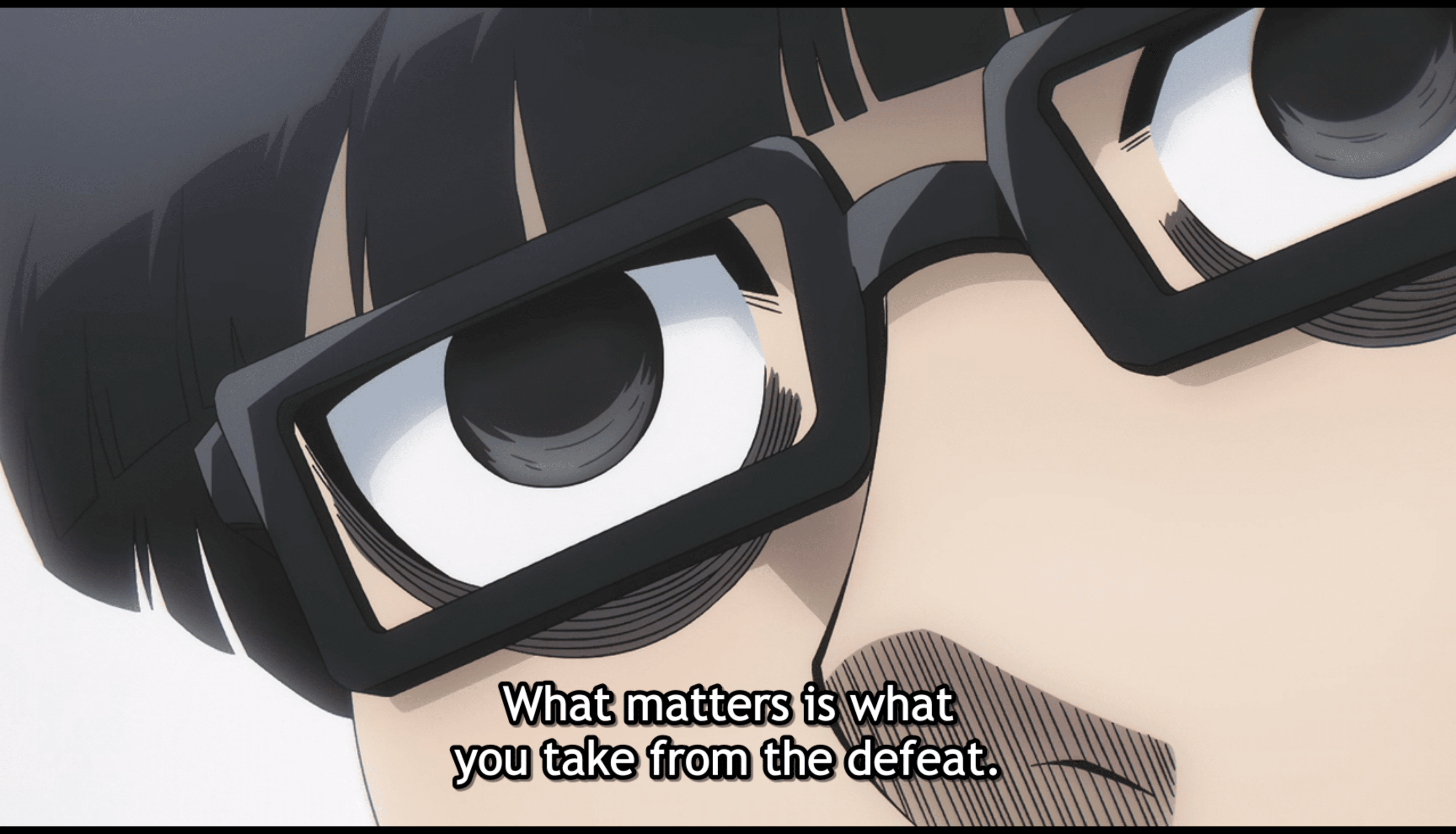
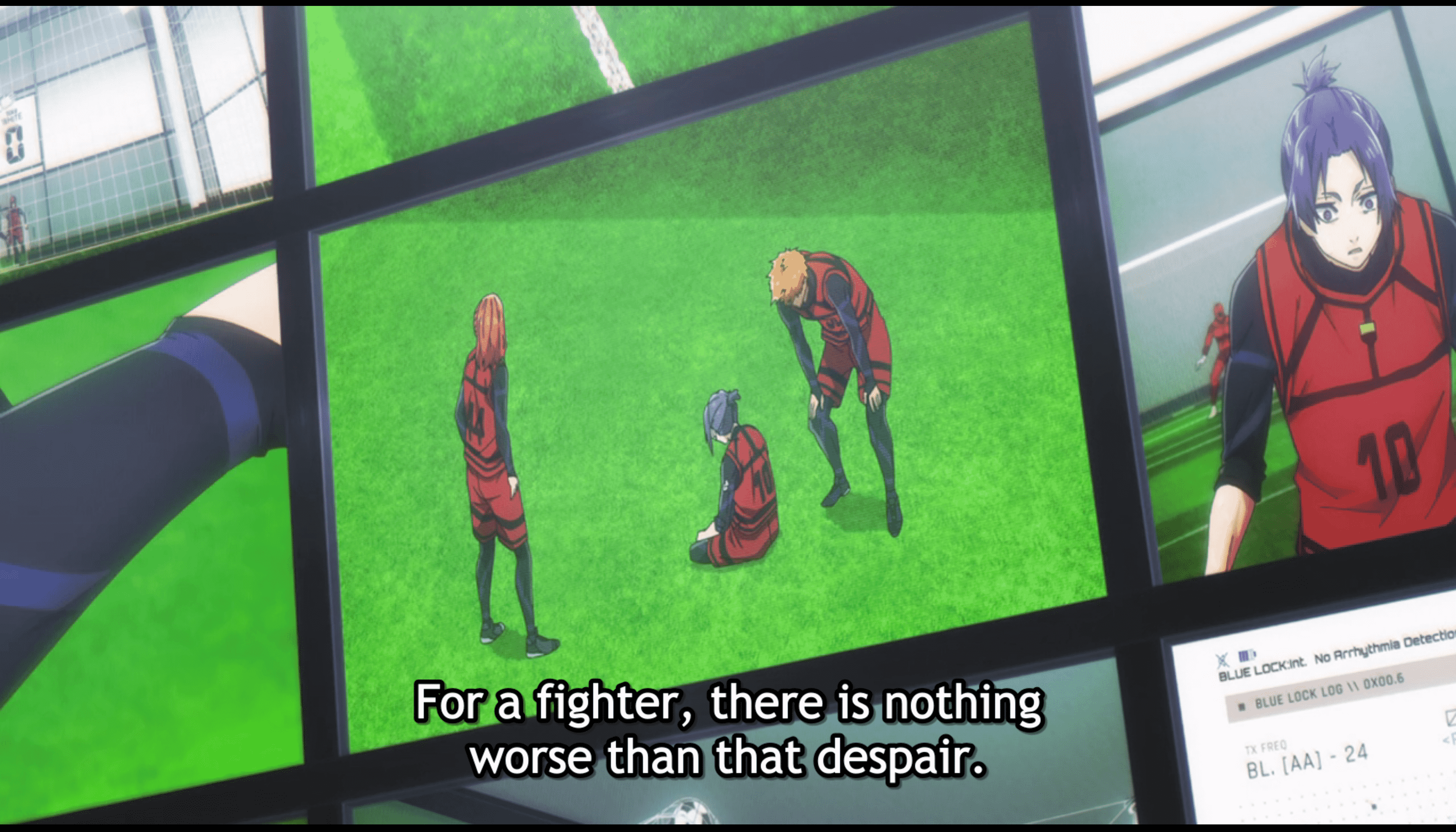
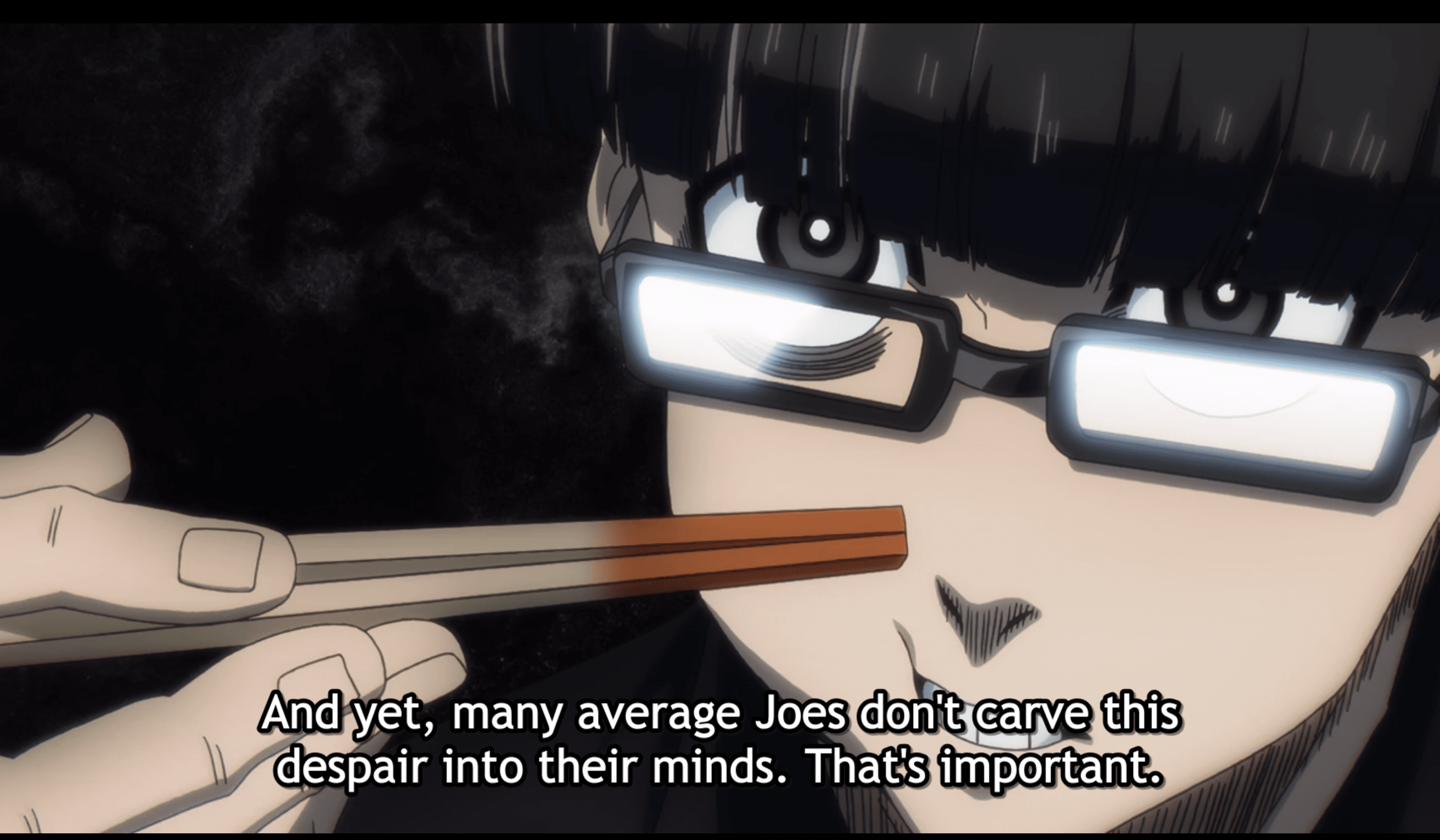
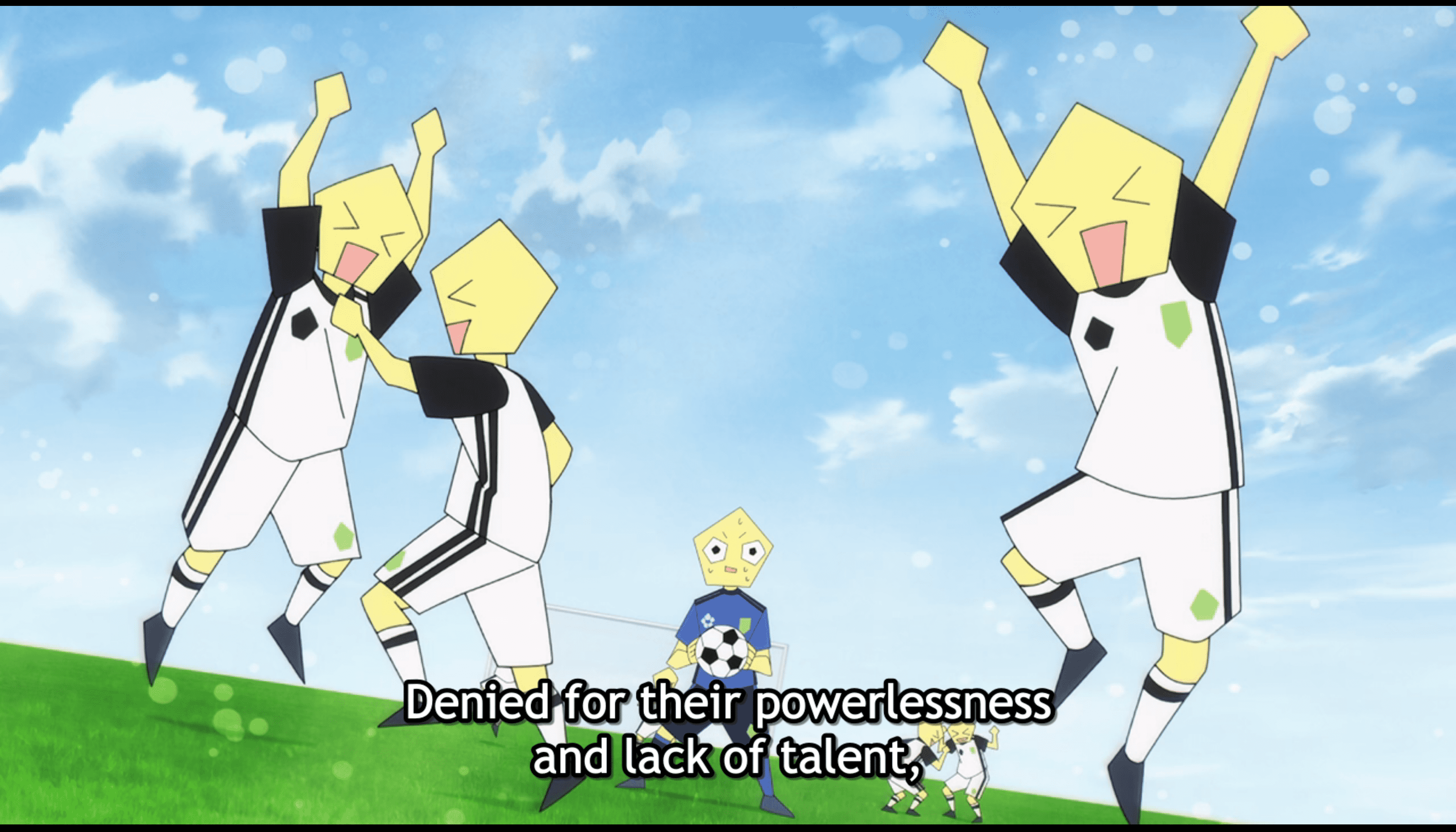
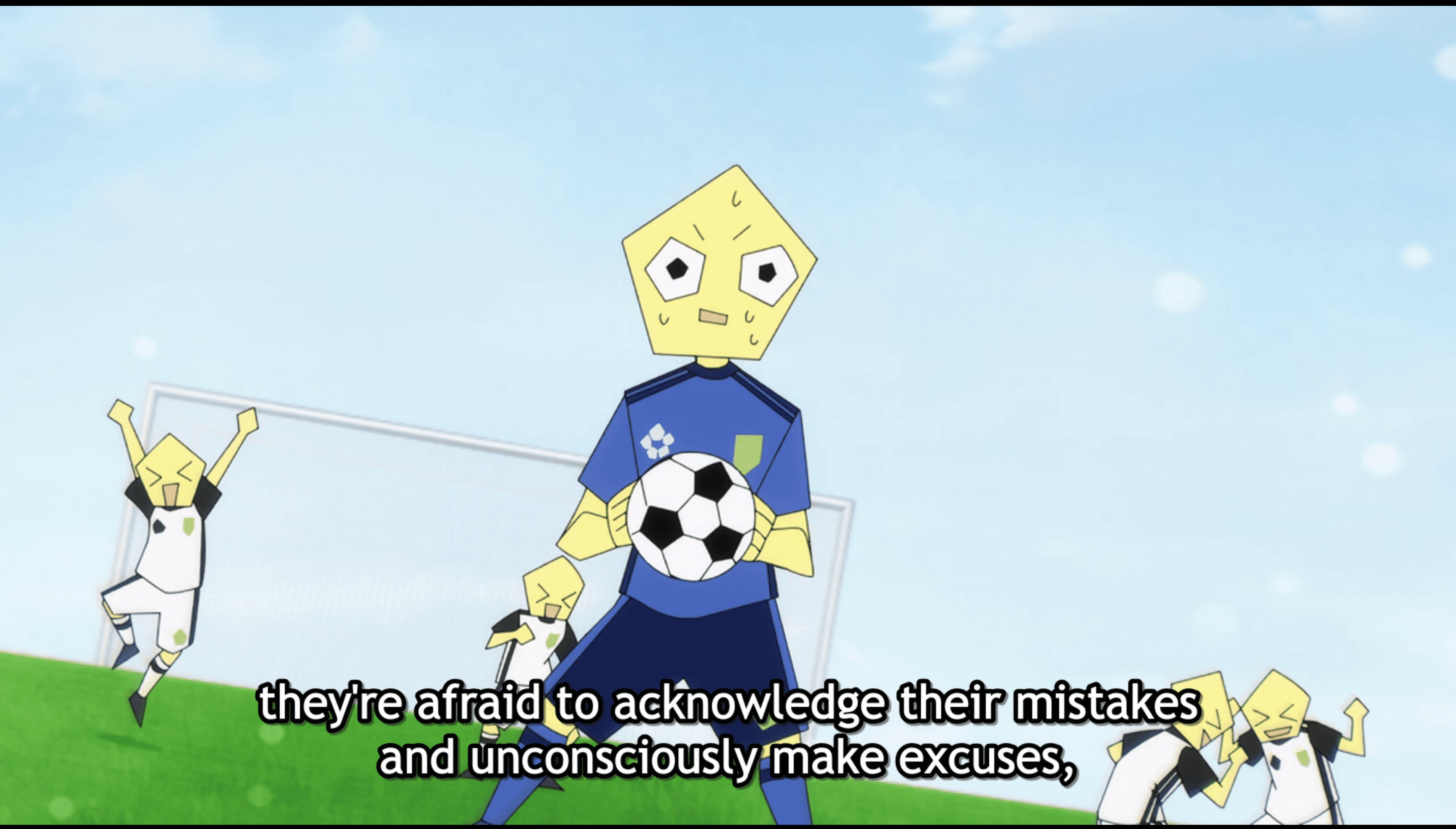
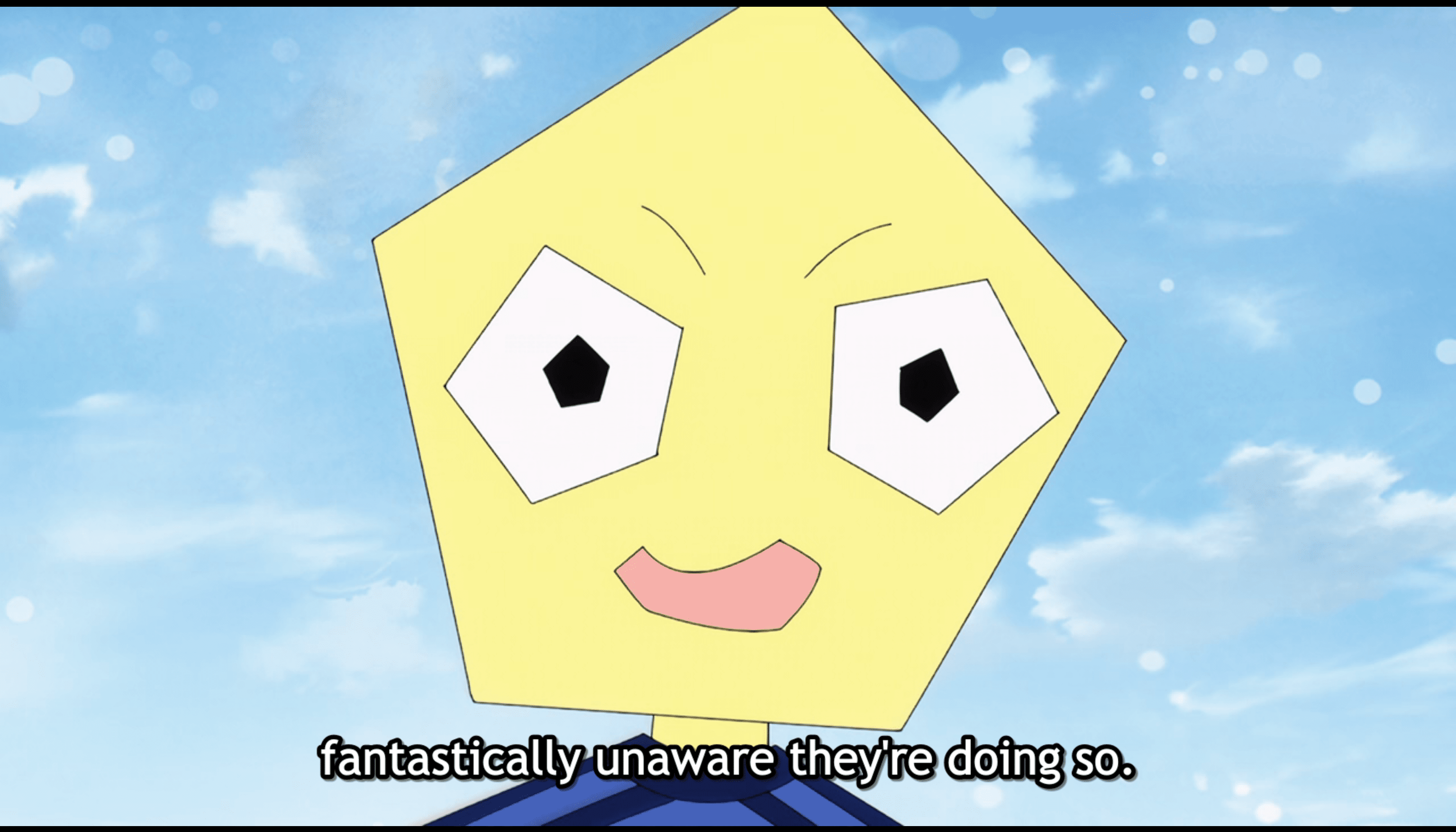
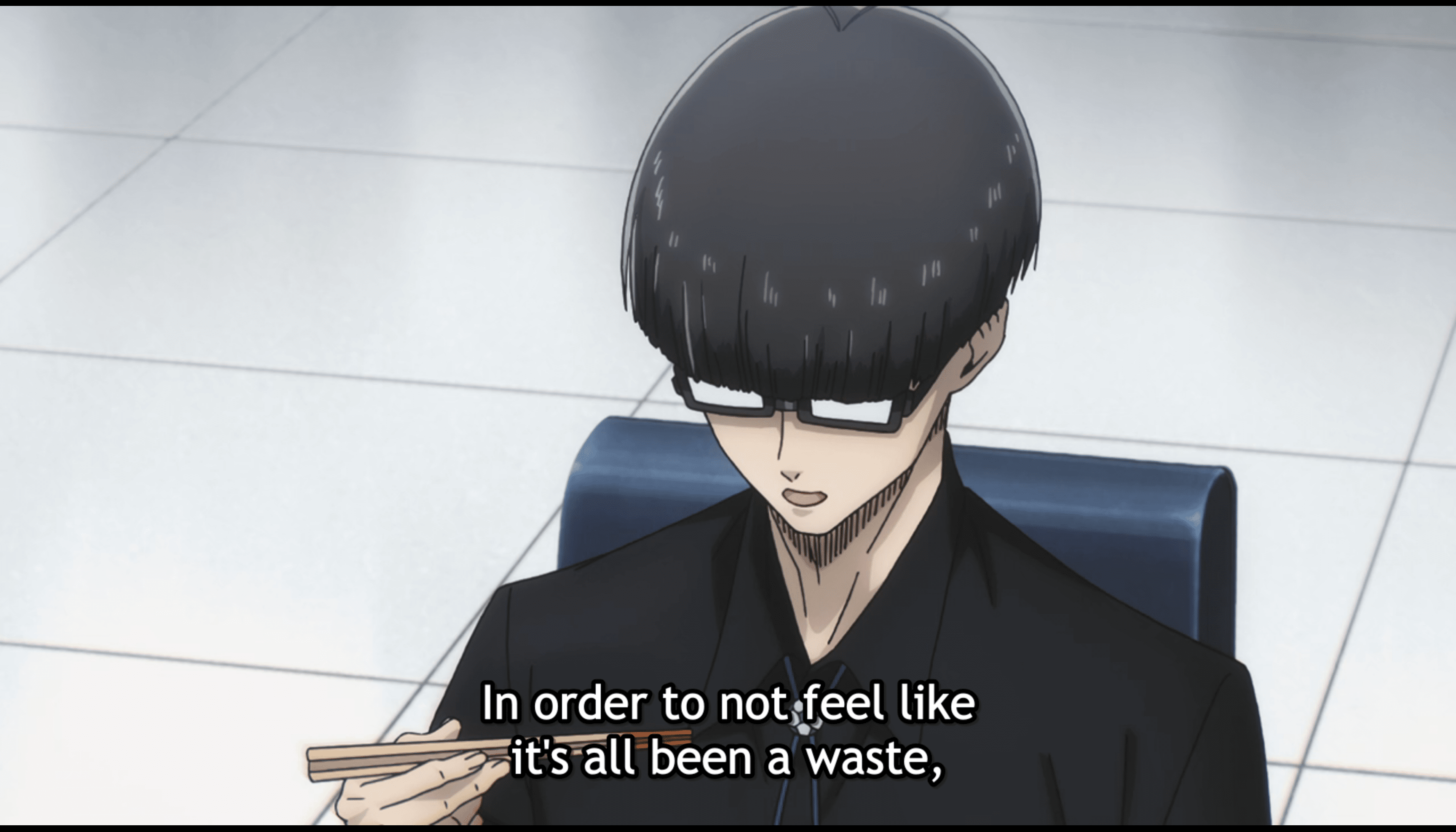
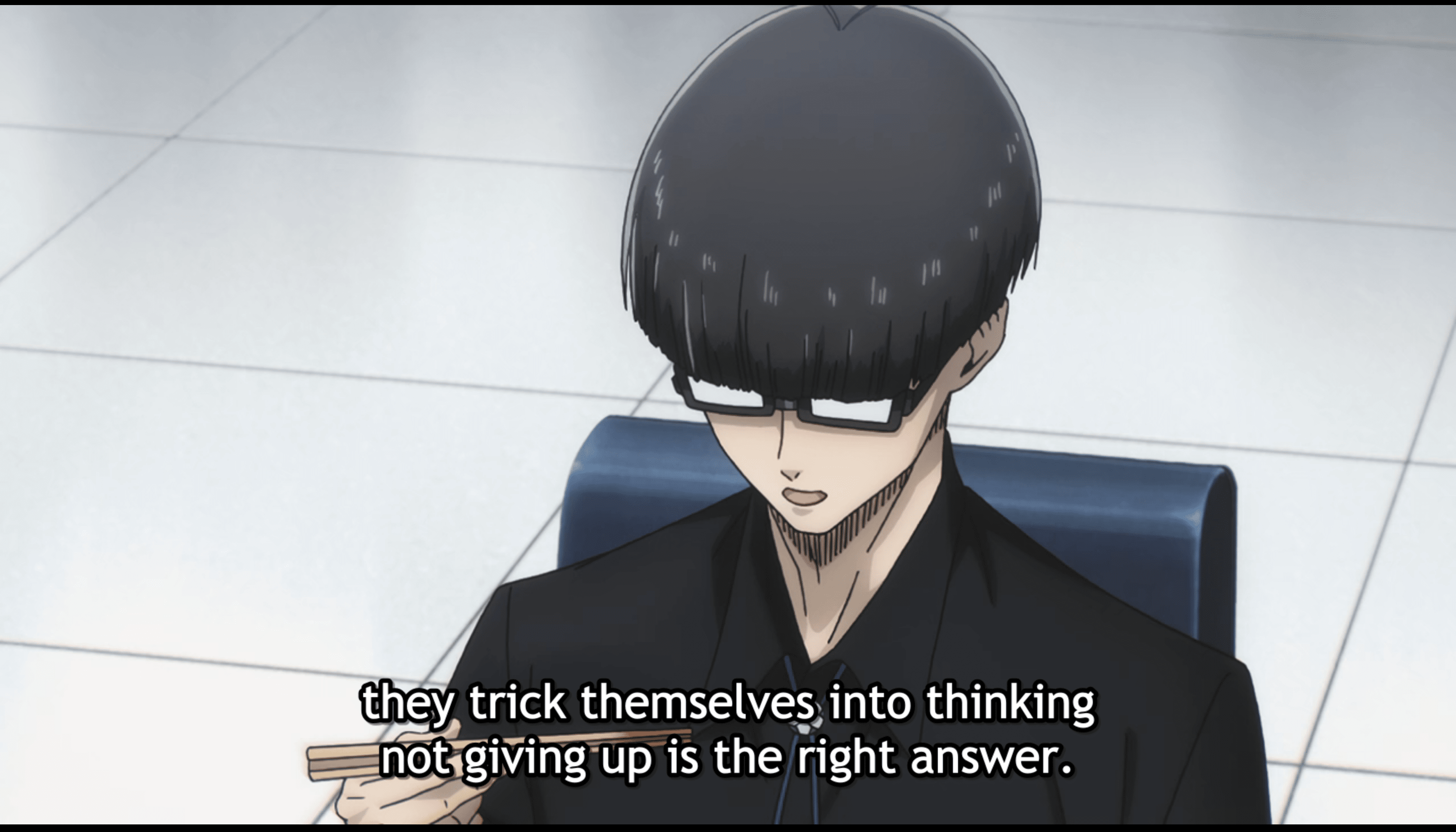
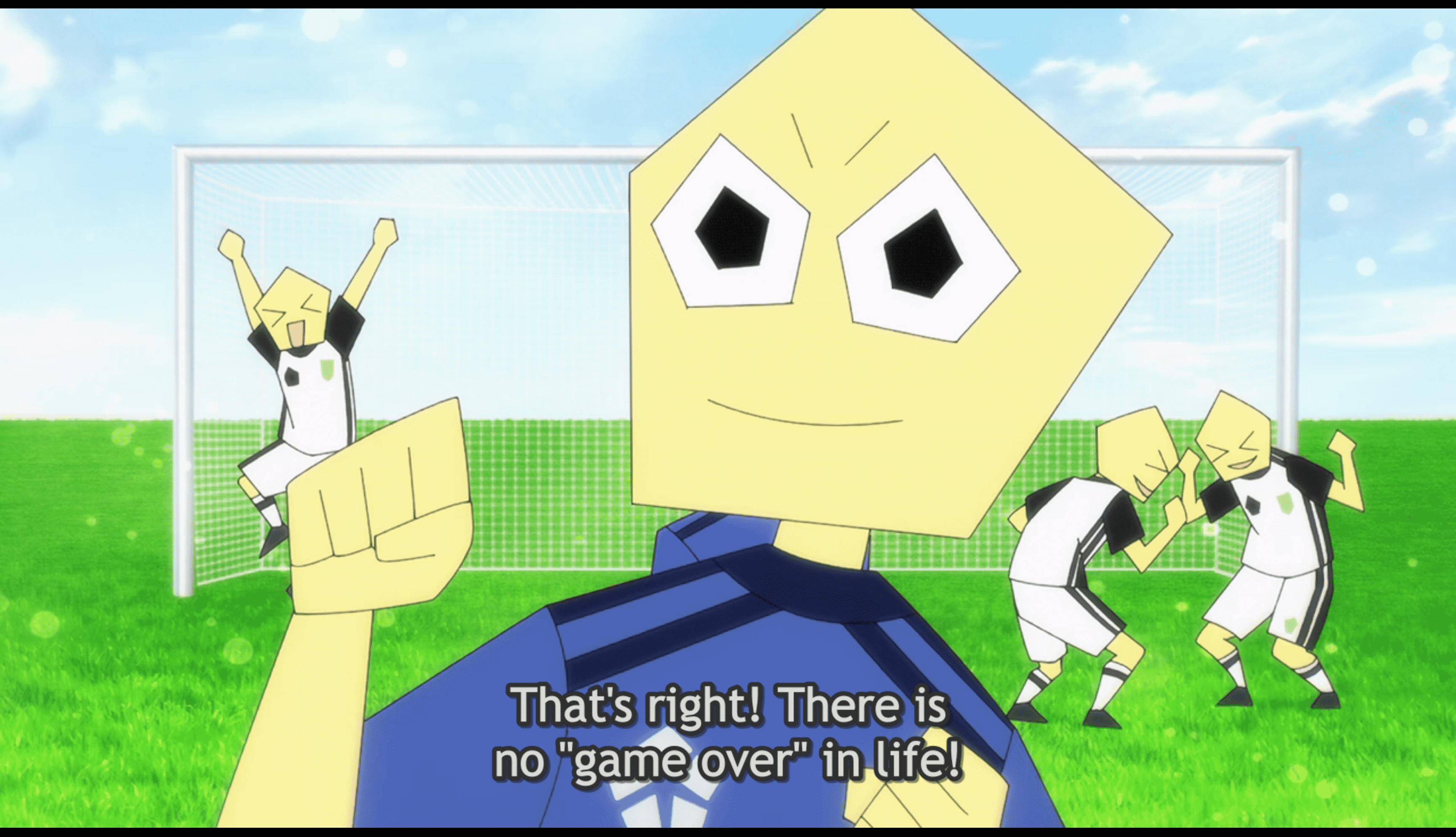
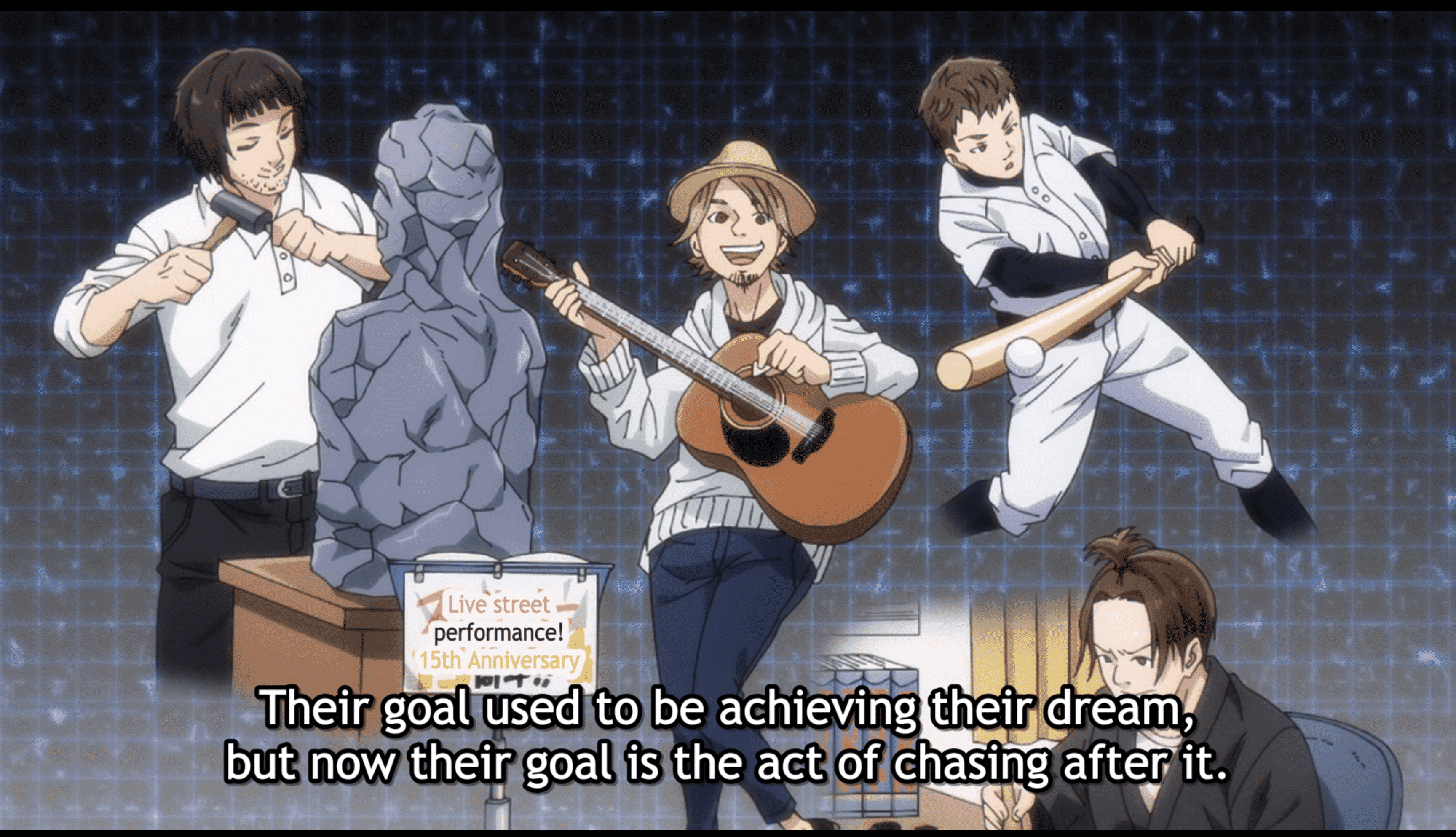
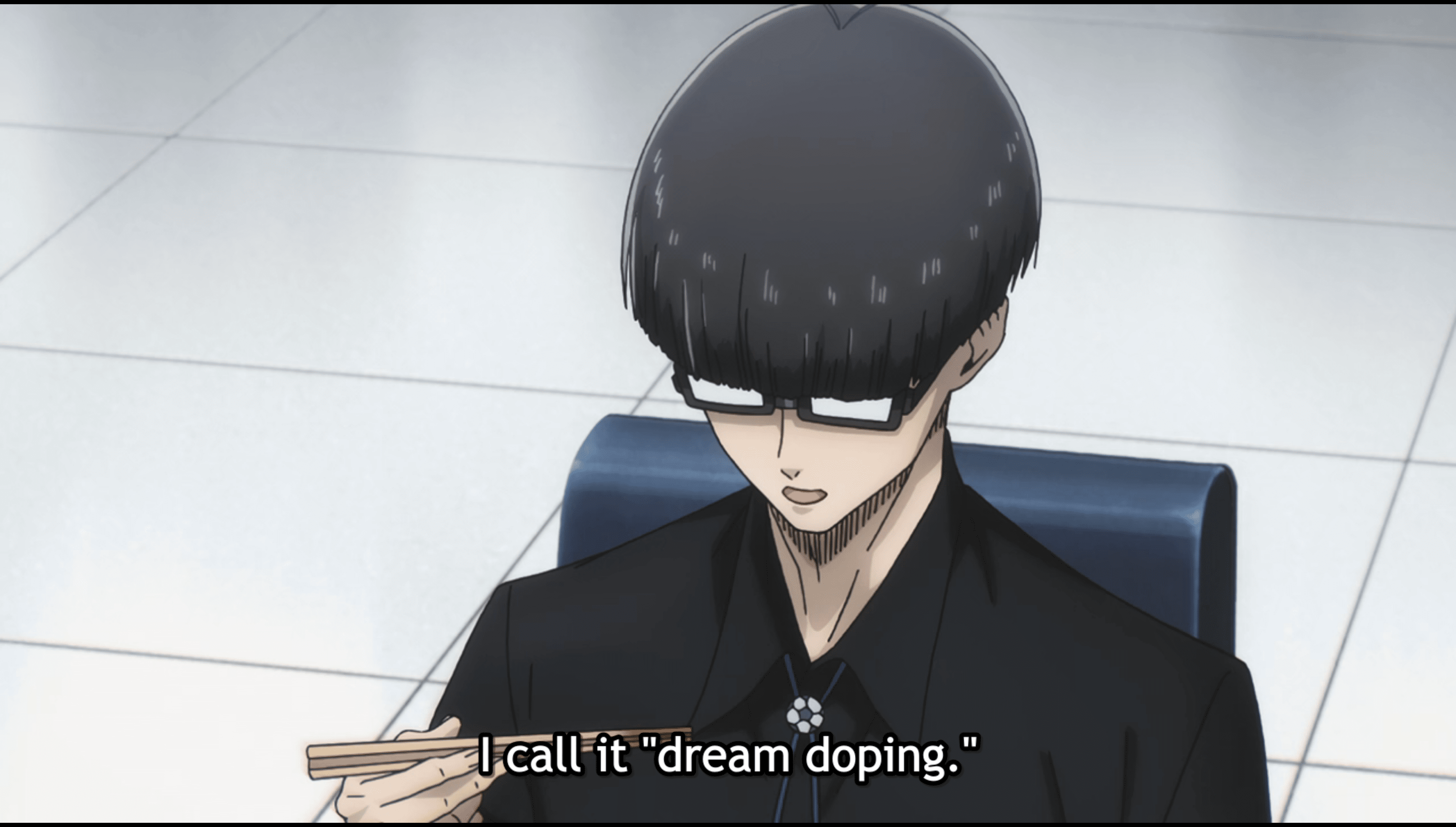
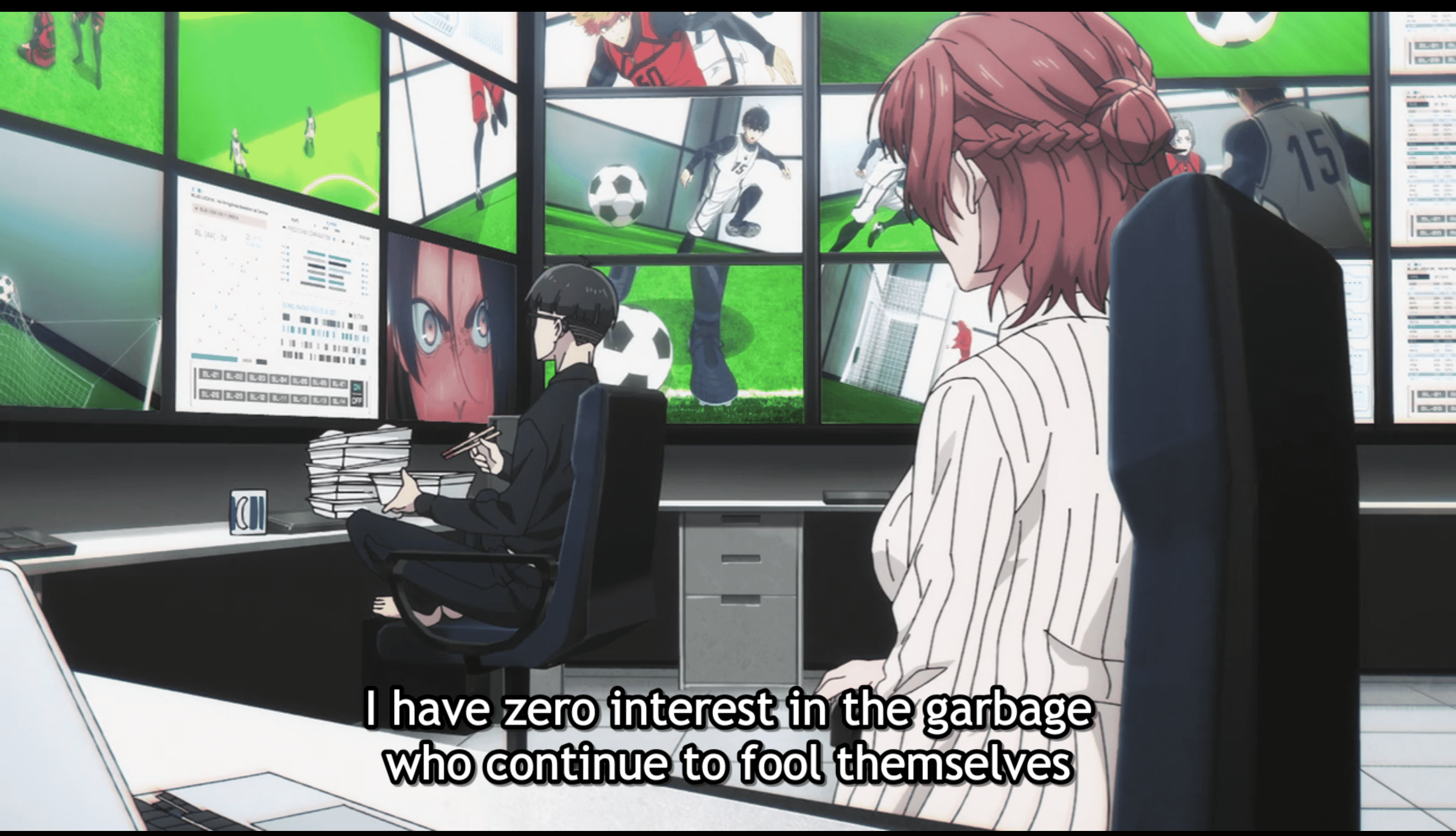
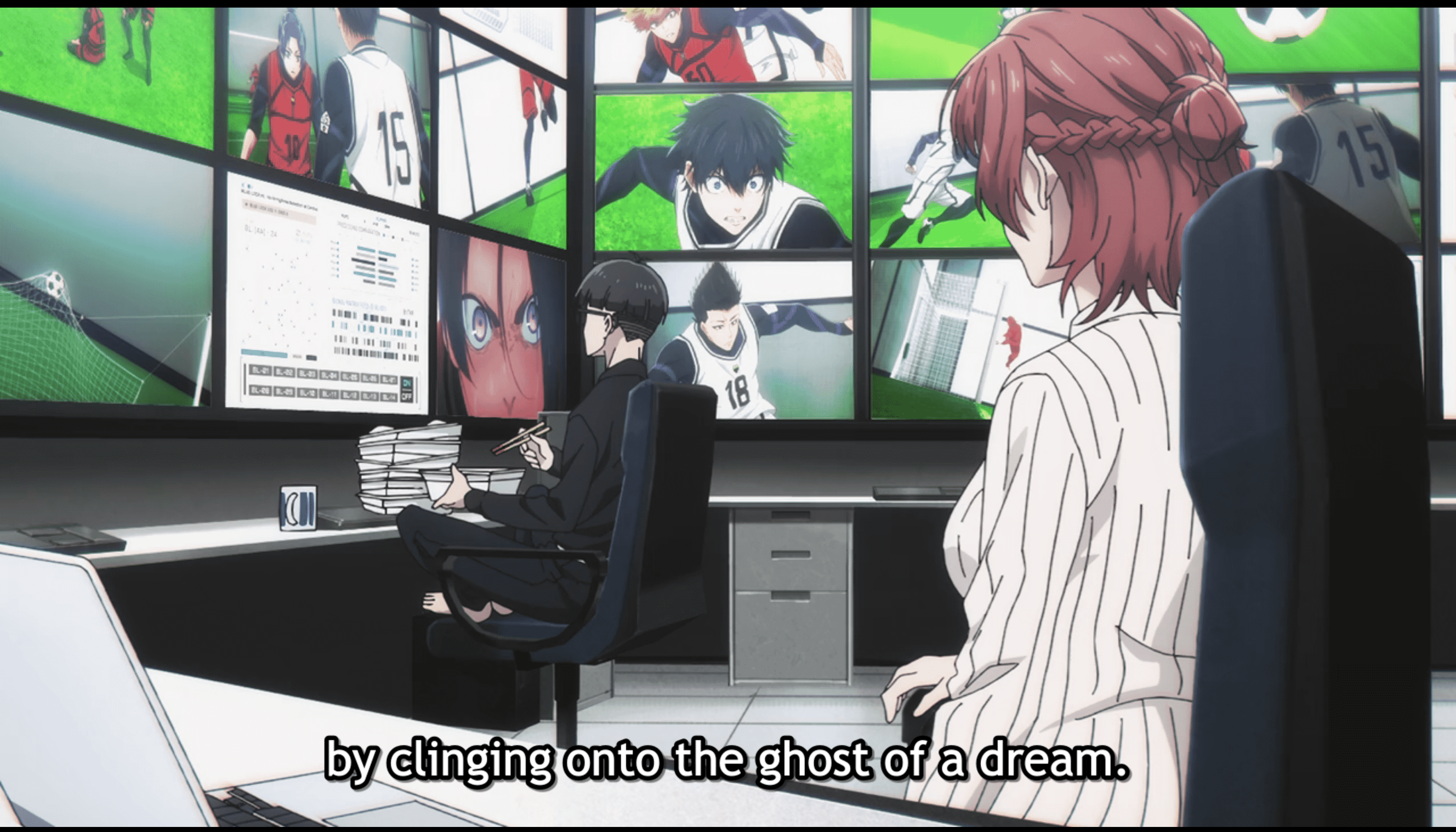
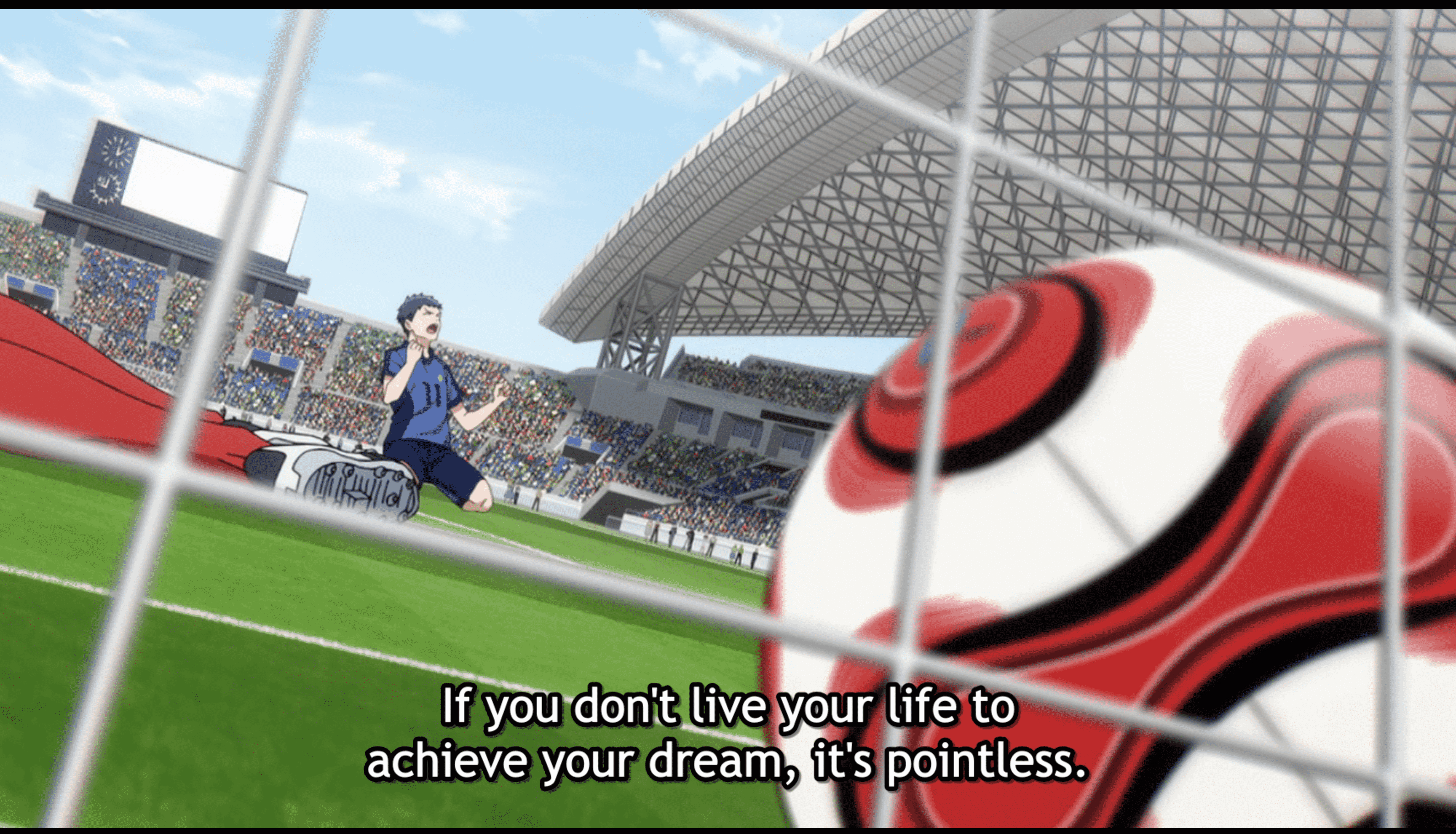
bramadams.dev is a reader-supported published Zettelkasten. Both free and paid subscriptions are available. If you want to support my work, the best way is by taking out a paid subscription.
